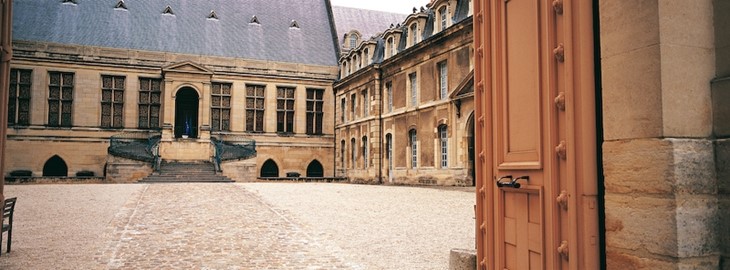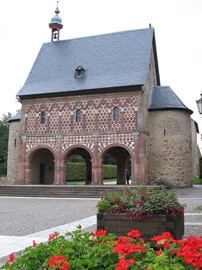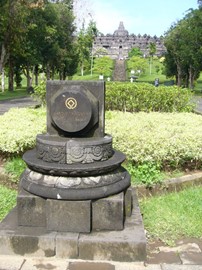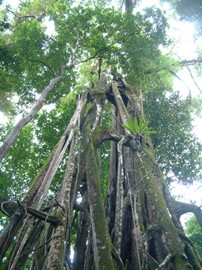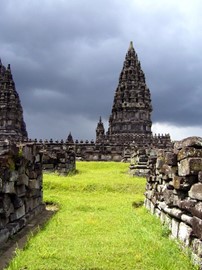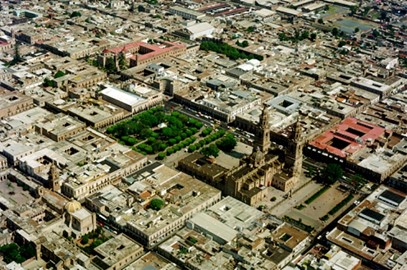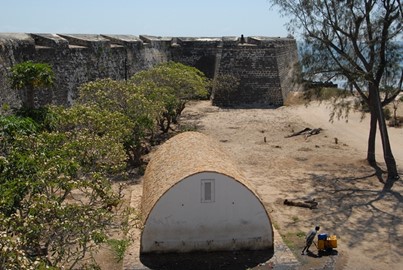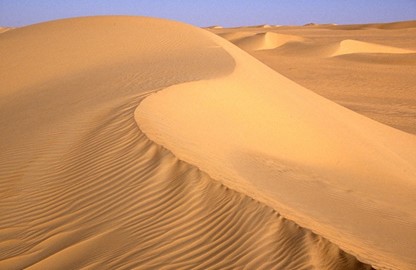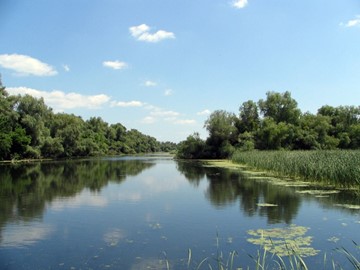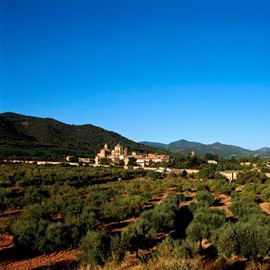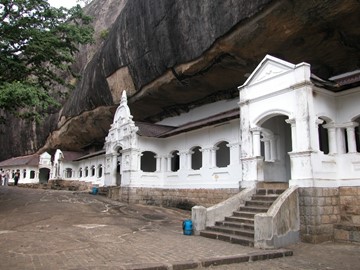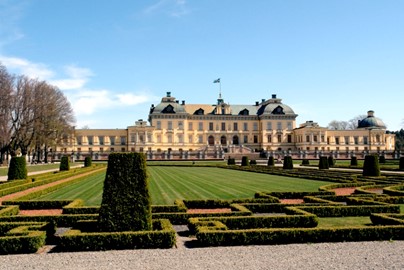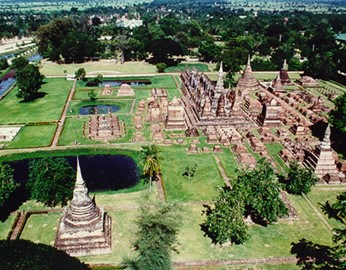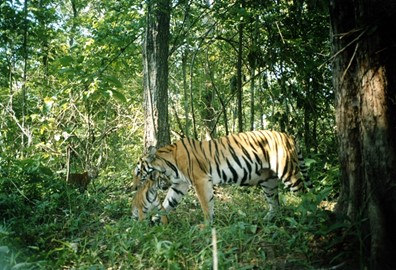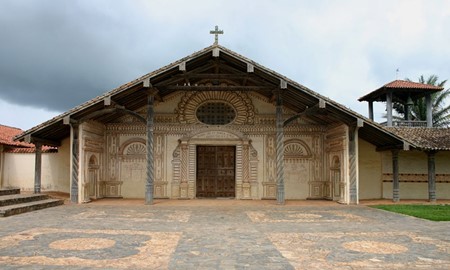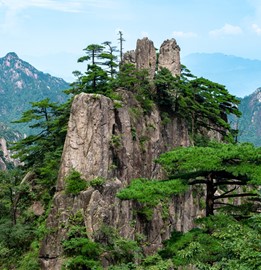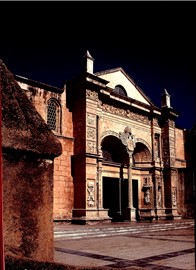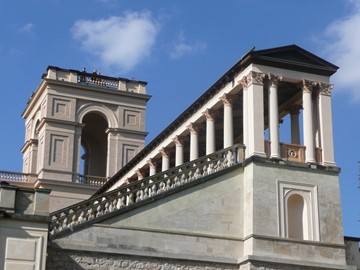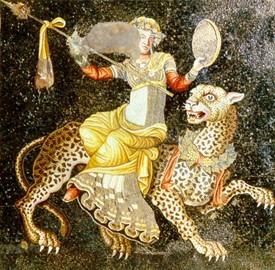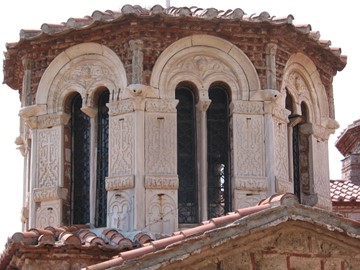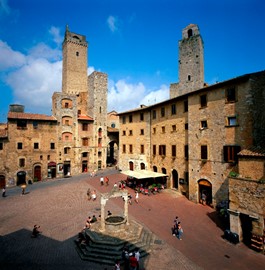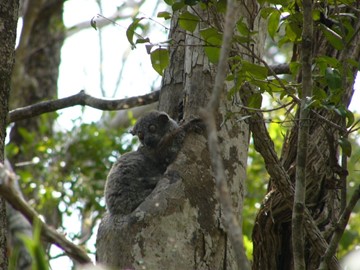search
Reims
The Cathedral of Notre-Dame, Former Abbey of Saint-Rémi, and Palace of Tau in Reims, France, form a UNESCO World Heritage site renowned for their historical and architectural significance. The Gothic-style cathedral, a masterpiece of 13th-century design, served as the coronation site for French kings. The nearby Abbey of Saint-Rémi, with its Romanesque and Gothic elements, preserves centuries of religious heritage, while the Palace of Tau, once an archbishop’s residence, showcases opulent interiors tied to ... Read More
Abbey and Altenmünster of Lorsch
Abbey and Altenmünster of Lorsch, a UNESCO World Heritage site in Germany, is a well-preserved example of Carolingian architecture from the 8th and 9th centuries. Founded as a Benedictine monastery, it played a significant role in the religious and cultural development of the region during the early Middle Ages. The site includes the iconic Torhalle (gatehouse), one of the few remaining structures of its kind, showcasing intricate stonework and historical significance. Its recognition by UNESCO highlights i... Read More
Borobudur
Borobudur, a UNESCO World Heritage site in Indonesia, is a magnificent 9th-century Buddhist temple renowned for its intricate design and historical significance. Constructed with over two million stone blocks, this architectural marvel features a massive stupa at its summit, surrounded by 72 smaller stupas and more than 500 Buddha statues. The temple’s walls are adorned with detailed reliefs depicting Buddhist teachings, making it a vital cultural and spiritual landmark. Today, it stands as one of the world... Read More
Ujung Kulon
Ujung Kulon National Park, a UNESCO World Heritage site in Indonesia, is a biodiverse sanctuary renowned for its lush rainforests, pristine beaches, and rare wildlife. It serves as the last refuge for the critically endangered Javan rhino, alongside other species like leopards, gibbons, and sea turtles. The park’s volcanic landscape, including the iconic Krakatau island, adds to its ecological and historical significance. Conservation efforts here focus on protecting its unique ecosystem and promoting susta... Read More
Komodo
Komodo National Park, a UNESCO World Heritage site in Indonesia, is renowned for its unique biodiversity, most notably as the habitat of the Komodo dragon, the world’s largest lizard. Established in 1980, the park encompasses a group of volcanic islands with rugged terrain, pristine beaches, and vibrant coral reefs, supporting a rich array of marine and terrestrial species. It serves as a critical conservation area, protecting endangered wildlife and offering visitors a glimpse into a prehistoric ecosystem.... Read More
Prambanan
Prambanan Temple, a UNESCO World Heritage site, is a stunning 9th-century Hindu temple complex renowned for its intricate stone carvings and towering architecture. Dedicated primarily to the Trimurti—Brahma, Vishnu, and Shiva—it showcases Indonesia's rich cultural and religious history. The temple’s detailed reliefs depict scenes from the Ramayana, offering insight into ancient artistry and storytelling. Restored after centuries of neglect and natural disasters, it stands as a testament to human ingenuity a... Read More
Morelia
Historic Centre of Morelia, a UNESCO World Heritage site in Mexico, is renowned for its well-preserved colonial architecture and historical significance. Founded in 1541, the city boasts a stunning historic center with over 200 buildings constructed from pink Cantera stone, including the majestic Morelia Cathedral. Its urban layout and cultural traditions, such as the annual International Music Festival, reflect a harmonious blend of Spanish and indigenous influences, making it a captivating destination for... Read More
Island of Mozambique
The Island of Mozambique, a UNESCO World Heritage site, is a historic island off the northern coast of Mozambique renowned for its rich cultural and architectural legacy. Once a major trading hub in the Indian Ocean, it blends African, Arab, and European influences, evident in its well-preserved colonial buildings, including the 16th-century Fortress of São Sebastião and the Chapel of Nossa Senhora de Baluarte. Its strategic importance and unique heritage make it a significant historical landmark, reflectin... Read More
Air and Ténéré
The Air and Ténéré Natural Reserves in Niger, a UNESCO World Heritage site, are renowned for their vast desert landscapes and unique biodiversity. This protected region harbors rare species like the addax antelope and fennec fox, alongside striking geological formations such as sand dunes and volcanic massifs. Recognized for its ecological and cultural significance, the site also holds traces of prehistoric human activity, offering insights into ancient civilizations. It stands as a critical conservation ar... Read More
Danube Delta
The Danube Delta, a UNESCO World Heritage Site in Romania, is one of the largest and most well-preserved river deltas in the world. It is celebrated for its extraordinary biodiversity, including numerous rare and endangered species, and serves as a critical habitat for migratory birds. This remarkable natural ecosystem highlights the intricate balance between water, land, and wildlife.
Poblet Monastery
Poblet Monastery, a UNESCO World Heritage site in Spain, is a well-preserved Cistercian monastery founded in 1150. It served as a royal pantheon for the kings of Aragon, housing their tombs, and exemplifies medieval monastic architecture with its Gothic cloister, Romanesque church, and fortified walls. The site reflects the spiritual and political significance of the Cistercian order, offering insight into its historical influence. Today, it remains an active monastery and a key cultural landmark.
Golden Temple of Dambulla
The Golden Temple of Dambulla, a UNESCO World Heritage site in Sri Lanka, is a remarkable cave temple complex dating back to the 1st century BCE. This sacred site features five caves adorned with over 150 statues of Buddha, intricate murals, and ancient rock paintings that showcase a blend of religious and artistic heritage. The temple, also known as Dambulla Rock Temple, served as a refuge for King Valagamba during his exile and remains a significant pilgrimage destination today. Its well-preserved rock-cu... Read More
Drottningholm
The Royal Domain of Drottningholm, a UNESCO World Heritage site in Sweden, is a well-preserved historical ensemble featuring a 17th-century palace, a picturesque theater, and a Chinese Pavilion. Originally built as a royal summer residence, it showcases Baroque architecture and beautifully landscaped gardens, reflecting the grandeur of European royal estates. Today, it serves as a residence for the Swedish royal family while remaining open to the public as a cultural treasure, offering insight into Sweden’s... Read More
Sukhothai
Sukhothai, a UNESCO World Heritage site in Thailand, is an ancient city renowned for its historical and cultural significance as the first capital of the Siamese Kingdom in the 13th and 14th centuries. The site features well-preserved ruins, including elegant temples, Buddha statues, and intricate stupas, showcasing the distinctive Sukhothai architectural style that influenced Thai art and culture. It is celebrated as the birthplace of Thai civilization, with its name translating to 'Dawn of Happiness,' ref... Read More
Ayutthaya
Ayutthaya, a UNESCO World Heritage site in Thailand, is a historic city founded in 1350 that served as the kingdom's capital until its fall in 1767. Renowned for its impressive ruins, including ancient temples, palaces, and statues, it showcases a blend of Khmer, Sukhothai, and local architectural styles. The site reflects the region's rich cultural and historical significance, drawing visitors to explore its well-preserved remnants and serene riverside setting.
Thungyai Huai Kha Khaeng
The Thungyai-Huai Kha Khaeng Wildlife Sanctuaries, a UNESCO World Heritage site in Thailand, form a vast, pristine conservation area along the Myanmar border. Recognized in 1991, these contiguous sanctuaries encompass diverse forest types, from tropical dry forests to savannas, and host an exceptional array of biodiversity, including tigers, elephants, and numerous rare species. The rugged landscape, with folded mountains and intact river systems, offers stunning natural beauty and serves as a critical stro... Read More
Jesuit Missions of the Chiquitos
Between 1696 and 1760, six ensembles of reducciones (settlements of Christianized Indians) inspired by the ‘ideal cities’ of the 16th-century philosophers were founded by the Jesuits in a style that married Catholic architecture with local traditions. The six that remain – San Francisco Javier, Concepción, Santa Ana, San Miguel, San Rafael and San José – make up a living heritage on the former territory of the Chiquitos.
Huangshan
Huangshan, a UNESCO World Heritage site in China, is renowned for its breathtaking granite peaks, twisted pine trees, and swirling seas of clouds, which have inspired Chinese art and literature for centuries. This natural wonder features hot springs, rugged trails, and stunning sunrise views, attracting hikers and photographers worldwide. Its unique geological formations and rich biodiversity make it a globally significant treasure, preserved for its cultural and environmental value.
Santo Domingo
Santo Domingo, a UNESCO World Heritage site in the Dominican Republic, is renowned as the first European settlement in the Americas, founded in 1496 by Bartholomew Columbus. Its historic Colonial City features well-preserved 16th-century architecture, including the Cathedral of Santa María la Menor, the oldest cathedral in the Americas, and the Alcázar de Colón, a former residence of the Columbus family. The site showcases a blend of Spanish colonial influence and Taino heritage, offering a glimpse into the... Read More
Potsdam
The Palaces and Parks of Potsdam and Berlin, a UNESCO World Heritage site in Germany, form a magnificent ensemble of Prussian architecture and landscaped gardens from the 18th and 19th centuries. Highlights include the opulent Sanssouci Palace and its terraced gardens, reflecting royal elegance. This vast complex showcases a blend of Baroque, Rococo, and Neoclassical styles, designed for monarchs like Frederick the Great. The sprawling parks, dotted with pavilions and fountains, exemplify meticulous plannin... Read More
Delos
Delos, a UNESCO World Heritage site in Greece, is a small, uninhabited island renowned for its rich archaeological significance. Once a thriving religious and commercial center in antiquity, it is celebrated as the mythological birthplace of Apollo and Artemis. The site features well-preserved ruins, including temples, mosaics, and the famous Terrace of the Lions, offering a glimpse into ancient Greek civilization. Today, it stands as a testament to its historical and cultural importance, attracting visitor... Read More
Daphni, Hosios Loukas and Nea Moni of Chios
Daphni, Hosios Loukas, and Nea Moni of Chios are three UNESCO World Heritage sites in Greece, renowned for their exceptional Byzantine architecture and art. These monasteries, dating from the 11th and 12th centuries, feature stunning mosaics and frescoes that exemplify the artistic and religious mastery of the era. Each site reflects the cultural and historical significance of the Byzantine Empire, offering a glimpse into its architectural innovation and spiritual heritage. Together, they stand as well-pres... Read More
San Gimignano
San Gimignano, a UNESCO World Heritage site in Italy, is a medieval hilltop town renowned for its well-preserved tower houses, which earned it the nickname 'The Manhattan of the Middle Ages.' Its historic center features Gothic and Romanesque architecture, including the Collegiate Church with its striking frescoes and the Piazza della Cisterna. This Tuscan gem exemplifies a feudal society’s urban planning and cultural legacy, offering a glimpse into 13th- and 14th-century life.
Tsingy de Bemaraha
Tsingy de Bemaraha, a UNESCO World Heritage site in Madagascar, is a striking limestone karst landscape featuring jagged peaks, deep canyons, and a network of underground rivers. This unique geological formation, often called a 'stone forest,' hosts diverse ecosystems with rare plant and animal species, including lemurs and endemic flora. Its rugged terrain and natural beauty make it a globally significant site for biodiversity and geological study.
Tongariro
Tongariro National Park, a World Heritage site in New Zealand, is renowned for its stunning volcanic landscapes and cultural significance. Established in 1887, it features active volcanoes, including Mount Tongariro, Mount Ngauruhoe, and Mount Ruapehu, which offer dramatic scenery and diverse ecosystems. The park holds deep spiritual importance to the Māori people, reflected in its designation as one of the world’s first dual World Heritage sites for both natural and cultural value. Visitors can explore its... Read More
